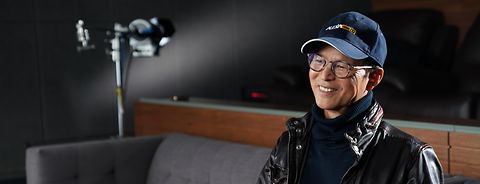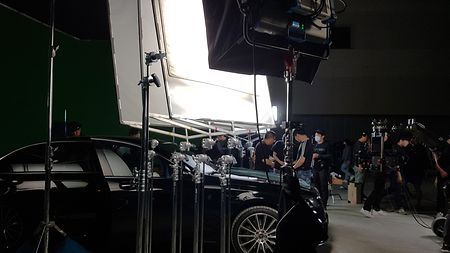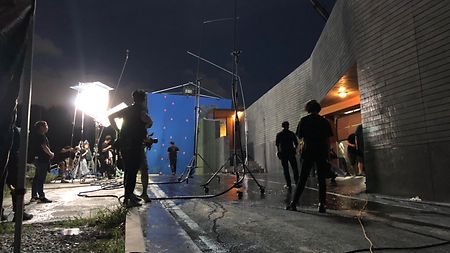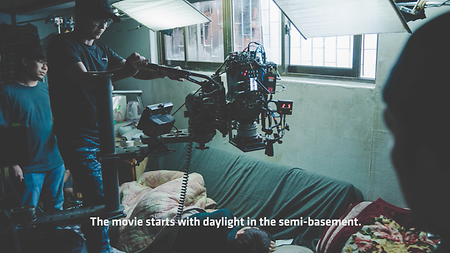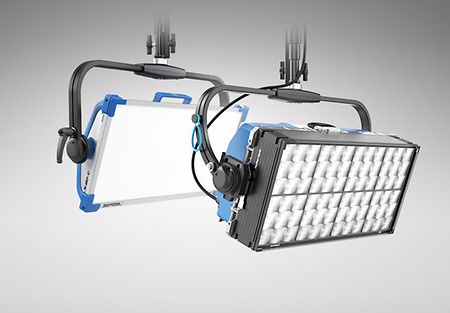The South Korean film “Parasite,” shot on ARRI Rental’s ALEXA 65 and lit with SkyPanels, took home four statues from the Academy Awards in 2020: Best Picture, Best Director, Best Original Screenplay, and Best International Feature Film. Apart from being well written and well directed, the multiple Oscar-winning film was also well calculated, down to the smallest light source. DP Kyung-pyo Hong revealed that 97% of the film was produced and installed on set, making almost everything controllable, including the direction and amount of light during each scene. SkyPanel was crucial to the veteran cinematographer’s visual plans as it was used to illuminate all major locations in the film.
Did lighting play a big role in your visual approach to the worlds of wealth and poverty portrayed in the film?
In the screenplay, there was already a clear difference between the two families in terms of color and light. This contrast was even more apparent in each of their homes. For the less-fortunate Kim household’s semi-basement, we installed low-end greenish fluorescent and tungsten incandescent lamps—the kinds that are usually used as practical lights. We also used very minimal natural lighting. There were days when we had to wait for the right time, so the perfect amount of sunlight would hit the set. In comparison, the Park family mansion was purposely built on a spacious set with vast amounts of sunlight to create a luxurious atmosphere. We also chose expensive indoor luminaires that would add to the lavish feel of the house.
